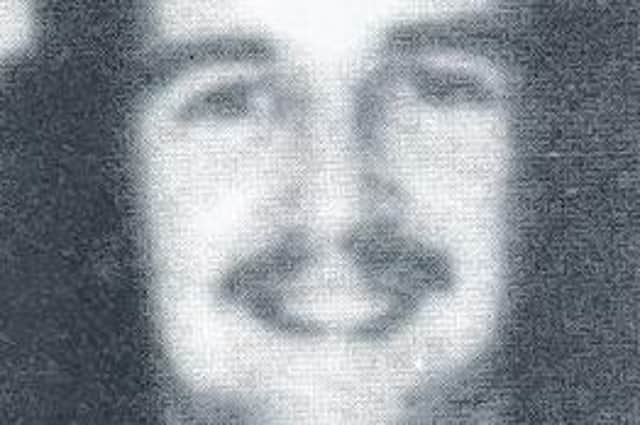50th anniversary of Michael Quigley who was shot dead by British Army to be marked in Creggan


The event has been organised by the Creggan Monument Committee.
Mr. Quigley was shot dead by a member of the Coldstream Guards regiment at the junction of Tremone Gardens and Fanad Drive in the Creggan estate on September 17, 1972.
Advertisement
Hide AdAdvertisement
Hide AdThough a member of the IRA the 19-year-old was unarmed at the time of the shooting. Claims by the British Army that he was a gunman were strongly rejected by witnesses. The day after he was shot dead seven Derry priests pointed out that out of almost 30 fatal shootings of civilians by the British Army over the 14 months previous, only three were known to have been armed. Following a successful damages claim in 1976, the judge said Mr. Quigley had not been armed and had not been part of a rioting mob.
The Creggan man grew up in Arranmore Avenue and worked as an apprentice printer when he was killed. He was employed by the Commercial Paper Company in Guildhall Square where he printed labels for, among other things, Mundie’s Wine.Outside of work he was a keen footballer and was known for his sense of humour.
In a statement following Mr. Quigley’s shooting, the seven Derry priests said: “We are bound to take a most serious view of the army practice, coming with weary repetition, of referring to all civilian victims of shooting as gunmen, as justification of their actions. We have much experience of the grief of families and relatives in such cases and of the added insult which is caused by these false allegations. Of all civilian casualties in Derry in the past fourteen months - and there have been nearly thirty fatal shootings of civilians by the army - only three are definitely known to have been armed. It is quite certain that all but a few of the others were unarmed, yet most of them have been described by the army as ‘gunmen’.”